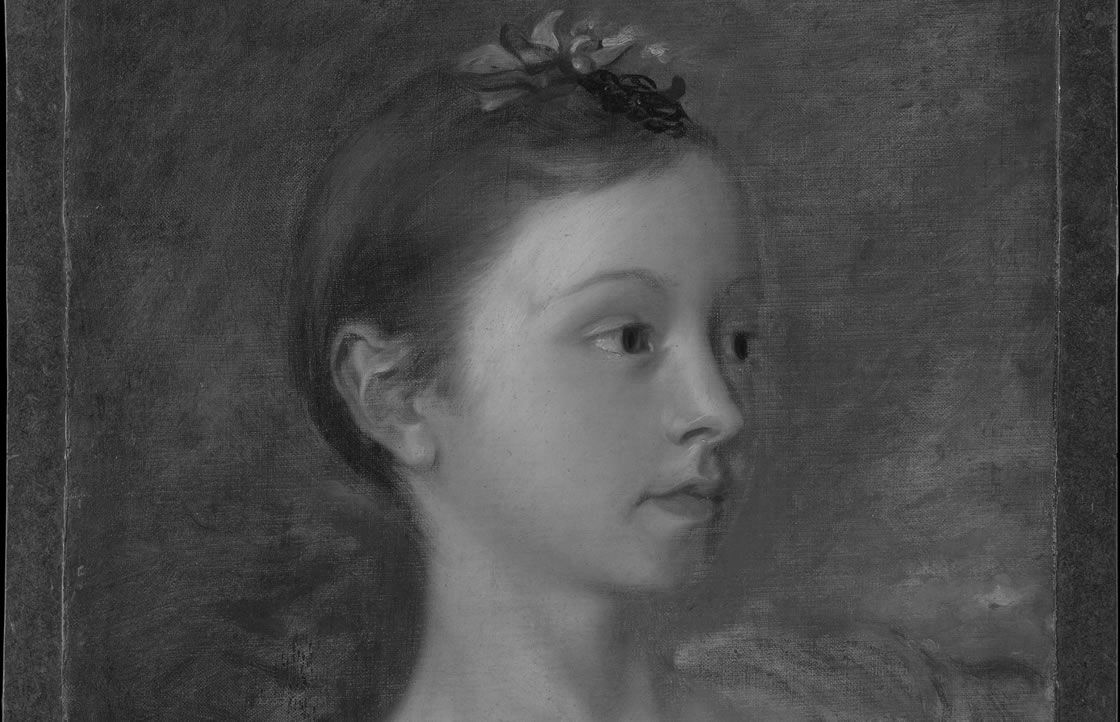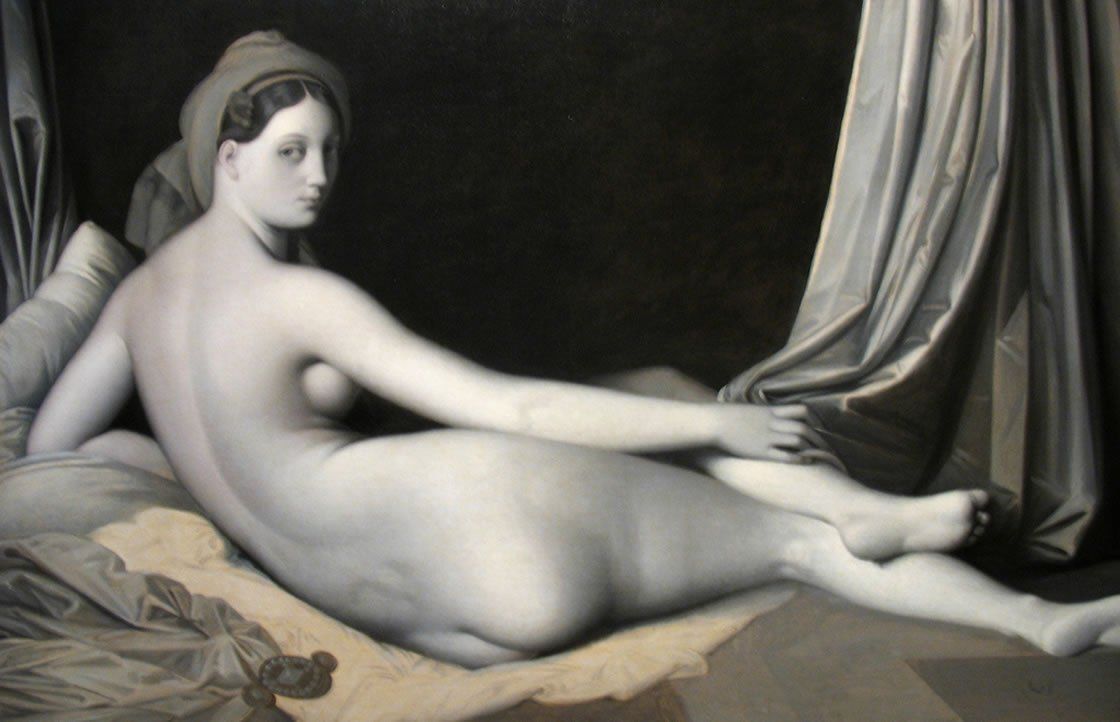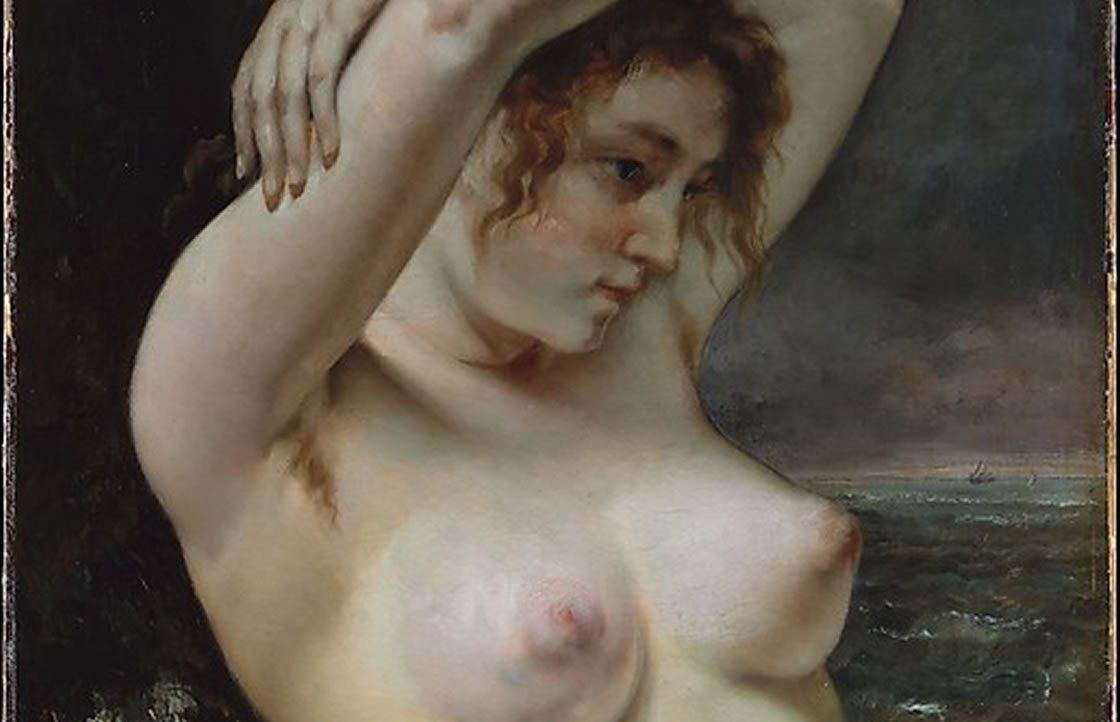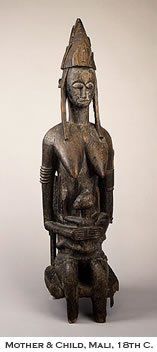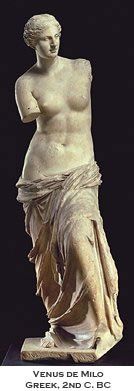BREAST LIFT
The skin brassiere of women's breasts is their only natural support. Once this brassiere effect has been lost it must be recut to a smaller firmer form to recreate the shape of youth.
Ptosis of the female breast is as natural an occurrence as the passage of time. Many factors contribute to its occurrence. The fuller a woman's breast the greater the effects of gravity will be over time. Even moderate sized breasts, which are unsupported during vigorous activity, will be subject to successive propulsive movements (as in running), which will stretch the skin envelope. Women who breast-feed incur the greatest amount of engorgement and then involution. At some point the much-enlarged skin shape of the nursing breast can no longer shrink back to normal when nursing has ended.
The skin brassiere of women's breasts is their only natural support. There are no fibers or internal ligaments keeping the breasts shapely. Once this brassiere effect has been lost it must be recut to a smaller, firmer form to recreate the shape of youth. For this reason a breastplasty mandates incisions and incisions become the lines of permanent scars. We can't make an omelet without breaking the egg!
Patients' understandable aversion to "scarring"; has led plastic surgeons to search for a "holy grail"; of mastopexy. Each year brings some new technique, which promises to minimize scars in breast lifts. The breast is plicated from within, or the incision runs obliquely downward onto the abdomen, or the areola is circled and the breast taped, etc., etc. In my experience all so-called "scar limiting"; procedures lose the most important consideration, the final shape of a beautiful breast. Whereas the time-proven "anchor"; or "inverted T"; incision produces the most natural feminine breast shape. Its scars are hidden beneath the contour of the inframammary fold and circle the areola at its natural circumference. In time fading of color and texture occurs, blending the scar lines into the natural breast anatomy.
An occasional woman will have suffered so much involutional tissue loss as to be left with little but a sagging skin envelope. For such patients a small implant must be added at the time of mastopexy to provide filling for the reshaped breast.
The outcome of mastopexy is most dependant on the artistry of your surgeon. It is not sufficient to simply use the standard T pattern. Each surgeon has his own aesthetic feeling for the beauty of a woman's breast. The challenge is to bring this about in the surgical outcome.

